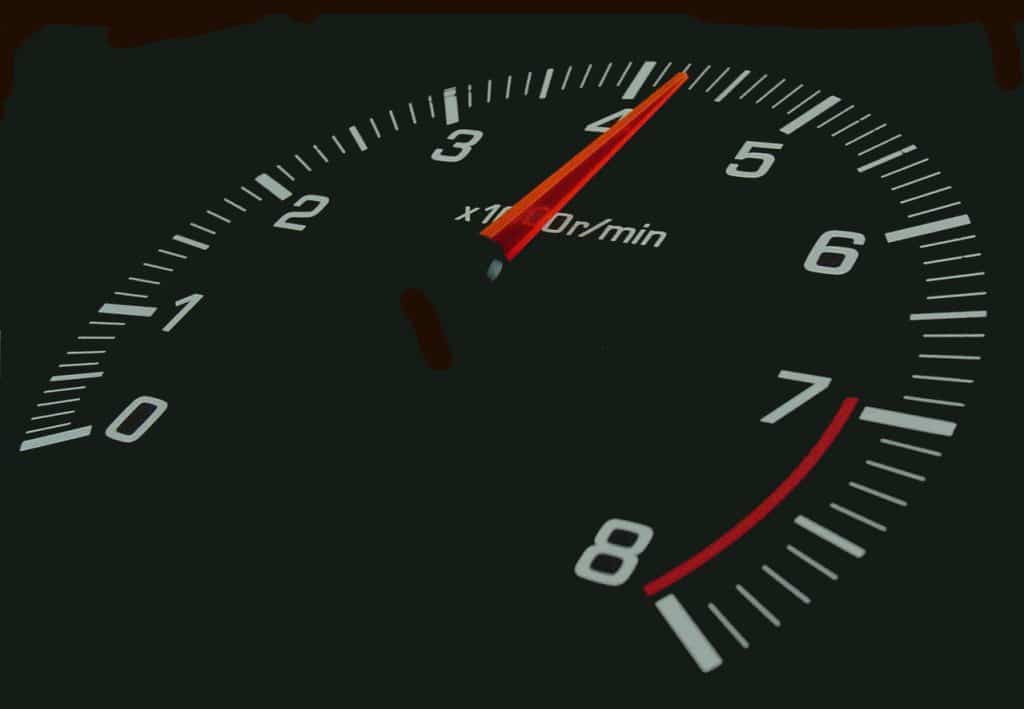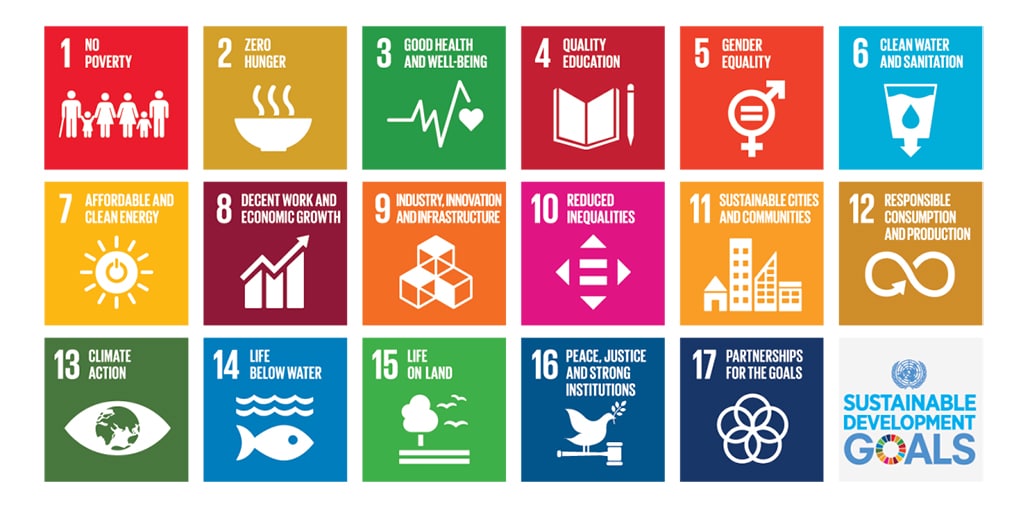The Circular Clutch – Indicators of Transition

This is the second of a series of posts centered around the concept of the Circular Clutch. It’s part of my pursuit of getting knowledgeable on circularity themes, and wrap my head around the challenges that lie ahead. I hope that this idea of the Circular Clutch will be helpful not only to me but also to you in targeting and shaping the efforts that contribute to the circular economy transition. I’m assuming a basic understanding of the major circular principles from my readers.
In a first post, I put forward the concept of the ‘Circular Clutch’, which is an analogy for the moment we can shift gears from a linear economy to a circular one. It’s about the final transfer of the momentum from the one to the other, long before the full circular transition may be completed. But for the circular economy to be able to take over, it needs to be running at a high enough speed itself. To get an idea on how far we have accelerated into that circular transition there are a number of indicators that can be monitored.
And as with all metrics: do they help planning for that step-change?
Yesterday, apparently, it was Circular Monday, which may explain why Circular Flanders, a platform on the circular transition by the Flemish government chose this date to organize their Summit Event. On this event, apart from showing some conclusions on where we are and what we aim for in the future, they also presented their Circular Economy Monitor Flanders tool (you can have a look yourself if you want to). It’s a pretty impressive reporting tool, on various aspects of the circularity transition on different layers of detail and connected to different indicators. Actually, to many indicators. Many, many indicators.
The goal of that tool is literally to report whether we are on the right track in Flanders (but you can generalize Flanders here to any region or company). Obviously, ‘being on the right track’, is an answer to two questions:
- What are we aiming for, by when?
- To reach that aim, does an intermediate snapshot show enough progress?
The first one, is maybe the trickiest one. Because, to set a target, we need to agree on how to measure that target, and promise to also stick to that agreement (to measure is to know, but please: know what you’re measuring). With the challenge being so broad and profound and spanning so much time, it’s immediately clear that one metric will not cut the deal, however nice it would be to have that. On top of that, there are a number of different approaches and platforms. The famous and respected EMF have their Circulytics service, the World Business Council on Sustainable Development have their Circularity Transition Index and self-assessment tool, and the Circular Economy are the ones that provide the Global Circularity Gap Report used e.g. at the notorious world summit meetings in Davos. This is to name only a few of the most renown ones, but apparently there is a plethora of reporting metrics out there, by local governments (such as the one of Flanders, albeit very impressive and inspiring), NGO’s, consulting companies, and so on.
Apart from the regular flaws KPIs are subject to (most of them related to the reliability, availability, and compatibility of the data it’s based on), these measurements are able to assess material streams (difference between virgin, ‘extractive’ inflows, disposal outflows versus closed-loops) expressed in things like recycling rate, tons of yearly consumption per capita, total material locked in the economy and so on. Another big part of the metrics landscape is of course everything related to energy, water and emissions… And then some.
In short, many metrics to choose from and no common agreement yet on which ones to globally adopt – if that would be possible at all. That’s for the targeting part, what about the progress part? Because, we ‘know’ that if we don’t do this and we keep on doing that, the projection is more global warming and diversity loss at the end of the century. But how much has it really helped us in reporting on this (non-)progress, apart from confirming the urgency of our actions?
Well, this is where I become a bit skeptical: do we really believe that reporting on progress is the way we will finally establish the transition to an extend that it becomes the standard as a replacement of a linear economy? And certainly, with a global community in mind? Let’s not forget that concepts such as the Triple Bottom-line, the 3 P’s (which is basically the same), and the CSR initiative have been around the corner not for a mere few years but for many decades. I’m not saying they didn’t help underpinning the value of beautiful initiatives done by passionate and pioneering people, but I remain anxious about how many times these things just became a dead number on a yearly report, often ‘tweaked’ to show the good news – and the worst thing is, I’m kicking at open doors here.
Reporting is also only backward looking. And if I may come back on the Circular Clutch: the reports would tell you when you should have shifted, or when you shifted without knowing, instead of telling you that it is the time to shift in 1… 2… 3! My strong believe is that it is that last part that we need to aim for. Circularity transition metrics sure can help in keeping an eye on the progress. But as someone during the presentation of the CE Monitor Flanders stated, the change will not be linear over the entire timespan. There will be jumps, step changes. And that jump, for me, is the clutch. Then how do we know upfront when to jump? I don’t pretend to have an answer on that, and most likely, being pretty new to all things circular, I’m missing out on a few important things. But I’m missing that mark ahead in the general, gradual, transitional change. How about you? Which indicators would you prefer? Or do you have other ideas?
As this is definitely part of a (personal) learning process: I would be very pleased if you would share your thoughts and comments with me. How does this sound to you? Does it make sense, does it still link with the ‘clutch’ concept? Can we use reporting as a call to action which will eventually complete the transition? Or anything else that comes up in your mind when reading this: let’s learn from each other!



